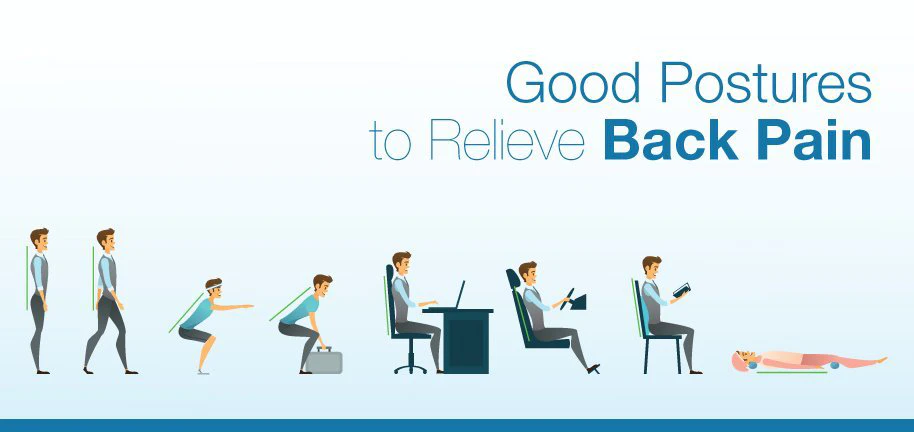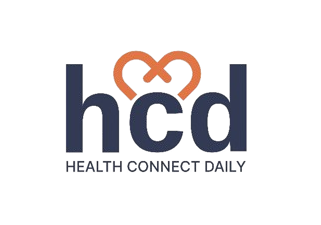
Back pain is a widespread health issue that affects millions worldwide, often leading to discomfort, reduced mobility, and a diminished quality of life. Finding effective relief can seem overwhelming, especially when dealing with chronic or severe pain. Fortunately, proven strategies and expert care from specialists can help manage and alleviate back pain effectively. In this blog, we’ll explore top back pain relief tips, innovative treatments, and how to find the right care for long-lasting results.
Understanding the Root Cause of Back Pain
Before diving into solutions, it’s important to understand that back pain can stem from various factors, including:
- Poor posture
- Muscle strain
- Herniated discs
- Nerve-related issues such as shingles or sciatica
- Chronic conditions like arthritis or osteoporosis
Seeking help from a diagnostic pain center ensures that the underlying cause is identified and addressed appropriately.
Stretch and Strengthen Your Back
Muscle pain treatment often begins with stretching and strengthening exercises. These exercises help improve flexibility, posture, and core strength—essential elements for back pain prevention and relief.
Key Stretches:
- Cat-Cow Stretch: Helps relieve tension in the spine.
- Child’s Pose: Opens up the lower back and hips.
- Hamstring Stretches: Reduces pressure on the lower back.
Strengthening Exercises:
- Planks: Builds core stability.
- Bridges: Strengthens the glutes and lower back.
- Wall Sits: Enhances posture and strengthens the spine.
Consistency in performing these exercises can lead to significant improvements over time. Aim to incorporate them into your daily routine to maintain back health and prevent future injuries.
Over-the-Counter and Prescription Medications
For immediate pain relief, medications can be a helpful tool. Strong pain relief options include:
- Nonsteroidal anti-inflammatory drugs (NSAIDs) like ibuprofen
- Muscle relaxants
- Topical creams with menthol or capsaicin
Consult with pain management consultants or doctors to determine the safest and most effective medications for your condition. While these can provide temporary relief, they should be part of a broader, long-term treatment plan.
Use Heat and Cold Therapy
Heat and cold applications are simple yet effective techniques for back pain relief:
- Cold Therapy: Reduces inflammation and numbs sharp pain, making it ideal for recent injuries.
- Heat Therapy: Eases muscle stiffness and improves blood flow, aiding in chronic pain relief.
Applying heat pads or ice packs for 15-20 minutes several times a day can make a significant difference. Alternate between heat and cold for maximum effect, especially after strenuous activities.
Maintain a Healthy Weight
Carrying excess weight places additional strain on the spine and surrounding muscles. Adopting a balanced diet and regular exercise routine can alleviate this strain, reducing back pain over time.
Pain management centers of America often include nutritional counseling as part of their holistic treatment plans, emphasizing the importance of maintaining a healthy weight for back health. A healthy weight not only reduces pain but also improves overall well-being.
Consider Physical Therapy
Physical therapy is a cornerstone of comprehensive pain center treatments. A skilled therapist tailors exercises to your specific condition, helping to:
- Improve mobility
- Strengthen weakened muscles
- Correct posture issues
Physical therapy is especially beneficial for conditions like herniated disc pain relief and post-surgical recovery. Regular sessions with a licensed physical therapist can accelerate recovery and prevent the recurrence of pain.
Seek Advanced Pain Solutions
If conventional methods fall short, advanced pain solutions offer cutting-edge alternatives to manage back pain effectively. These include:
- Epidural Steroid Injections: Reduces inflammation around nerve roots.
- Radiofrequency Ablation (RFA): Uses heat to disrupt pain signals.
- Spinal Cord Stimulation: Provides electrical impulses to mask pain.
Such treatments are commonly available at specialized clinics like the Pain Management Centers of America. Consult with a specialist to determine which solution aligns with your needs and lifestyle.
Address Nerve Pain Issues
Nerve-related back pain, such as pain relief for shingles nerve pain, requires specific treatments. Anti-viral medications, nerve blocks, and topical creams with lidocaine can help manage this unique type of discomfort.
Working with specialists ensures that nerve pain is treated effectively, minimizing its impact on your daily life. Early intervention can prevent complications and improve recovery outcomes.
Opt for Chiropractic Care
Chiropractic adjustments focus on realigning the spine to reduce pain and improve function. This non-invasive treatment is especially effective for conditions like muscle tension and minor misalignments.
Visiting a center for wellness and pain care ensures a comprehensive evaluation and access to experienced chiropractors who can provide personalized adjustments. Regular chiropractic sessions can help maintain spinal health and prevent future pain episodes.
Explore Pain Therapy
Pain therapy includes a variety of modalities aimed at holistic recovery. Some of the most effective therapies include:
- Cognitive Behavioral Therapy (CBT): Helps manage the mental and emotional toll of chronic pain.
- Acupuncture: Stimulates nerves and muscles to relieve pain.
- Massage Therapy: Reduces muscle tension and promotes relaxation.
Centers for pain control often integrate these therapies into their treatment plans, focusing on long-term pain management. Combining multiple therapies can enhance results and improve quality of life.
Improve Sleep Habits
Poor sleep positions and inadequate support from your mattress can exacerbate back pain. Consider the following tips:
- Sleep on your back or side with a pillow under your knees.
- Invest in a medium-firm mattress for optimal support.
- Use a cervical pillow to maintain spinal alignment.
Prioritizing restful sleep can significantly reduce back pain and improve recovery. If necessary, consult with a sleep specialist for tailored recommendations.
Ergonomic Adjustments at Work
Sitting for prolonged periods at a desk can strain your back. Make ergonomic adjustments to your workspace:
- Use an adjustable chair with lumbar support.
- Keep your monitor at eye level to avoid neck strain.
- Take breaks to stand and stretch every 30 minutes.
These small changes can prevent the onset of pain and improve productivity. Incorporating standing desks or ergonomic keyboards can further enhance comfort.
Consult Specialists
Back pain specialists play a critical role in delivering targeted care. They work within multidisciplinary teams to provide comprehensive solutions, including:
- Minimally invasive procedures
- Postural training
- Lifestyle modifications
Seeking guidance from the best pain management doctors near me ensures expert care tailored to your needs. Don’t delay consultation—early intervention often leads to better outcomes.
Benefits of Pain Management Centers
Pain management centers of America and similar facilities offer extensive resources and expertise to address back pain. Benefits include:
- Access to advanced diagnostic tools
- Multidisciplinary care teams
- A focus on both immediate relief and long-term prevention
These centers provide a patient-centered approach, ensuring that care is personalized and effective.
Use Technology for Pain Relief
Wearable devices and apps now provide innovative ways to manage back pain:
- TENS Units: Portable devices that deliver low-voltage electrical currents to alleviate pain.
- Posture Trainers: Gadgets that remind you to sit or stand correctly.
- Pain Tracking Apps: Help monitor symptoms and identify triggers over time.
Embracing technology can complement traditional treatments and enhance pain management strategies.
Guide to Finding the Right Specialist
Finding the right specialist is crucial for effective treatment. Here are steps to guide your search:
- Research Credentials: Look for certifications in pain management or orthopedics.
- Seek Referrals: Ask your primary care doctor for recommendations.
- Evaluate Experience: Choose specialists experienced in conditions similar to yours.
- Check Reviews: Patient testimonials can provide valuable insights.
- Visit a Diagnostic Pain Center: These centers offer comprehensive evaluations and access to multiple specialists.
Choosing the right specialist can make all the difference in your journey to recovery.
Conclusion
Back pain can significantly impact your quality of life, but effective relief is within reach. By combining lifestyle changes, expert care, and advanced treatments, you can manage and overcome back pain. Whether you’re exploring body pain treatment, seeking strong pain relief, or consulting a center for wellness and pain care, the right strategies and specialists can help you regain control and enjoy a pain-free life.
Start your journey to recovery by reaching out to trusted providers like the Pain Management Centers of America or local specialists near you. Your back deserves the best care, and lasting relief is just a step away.
